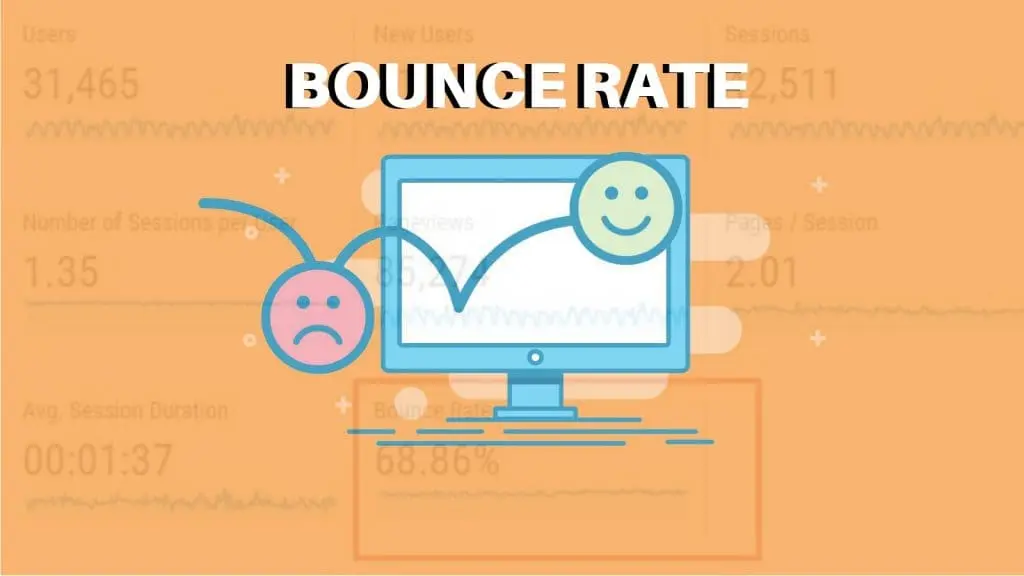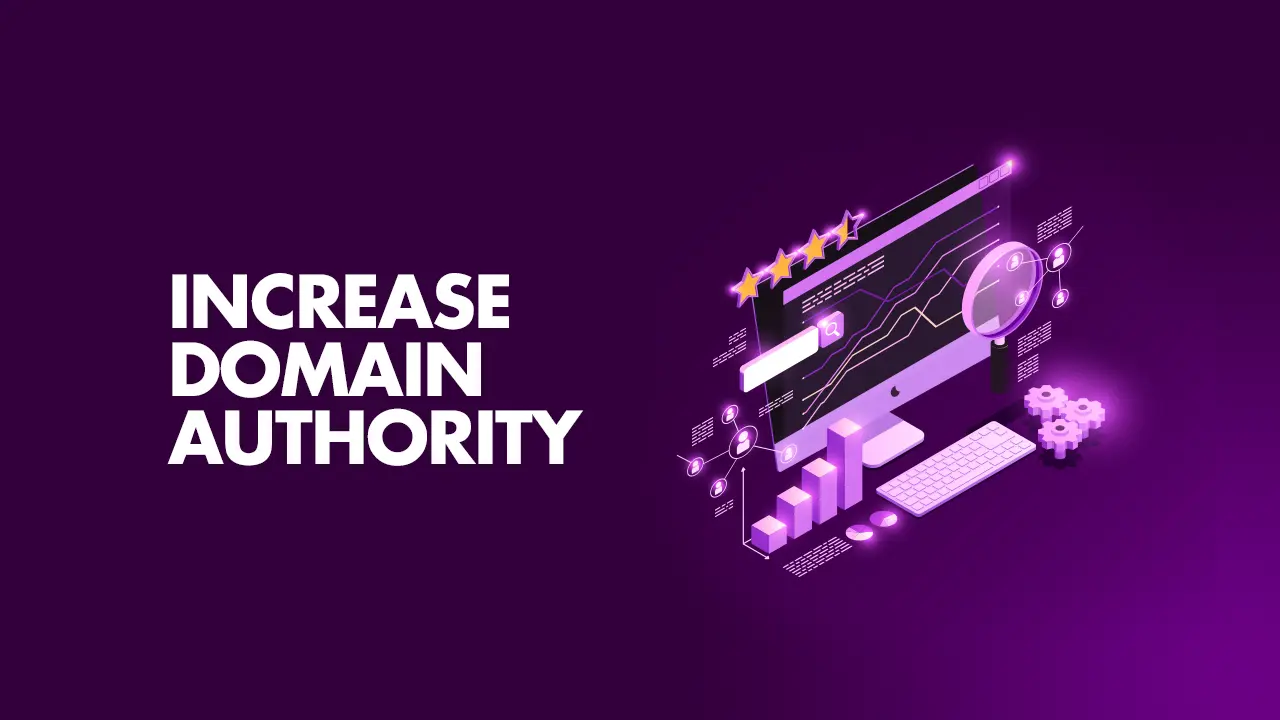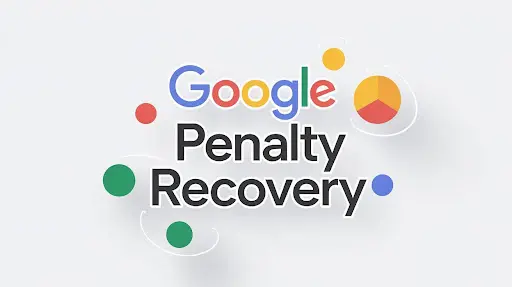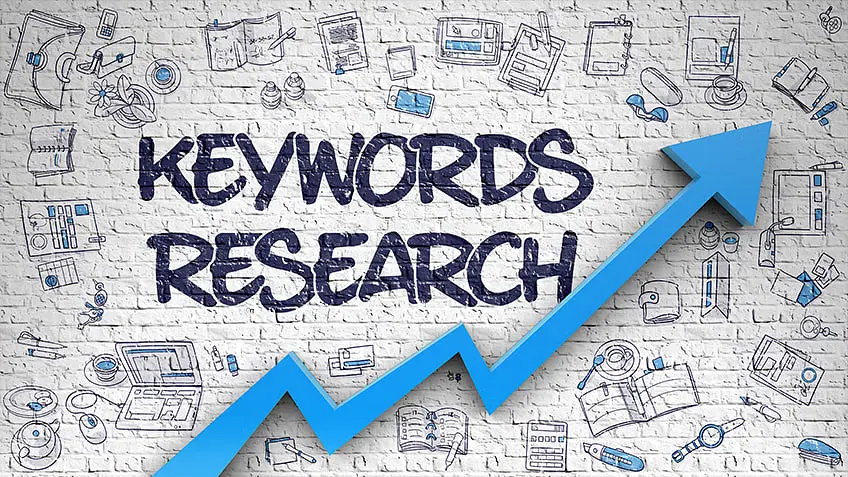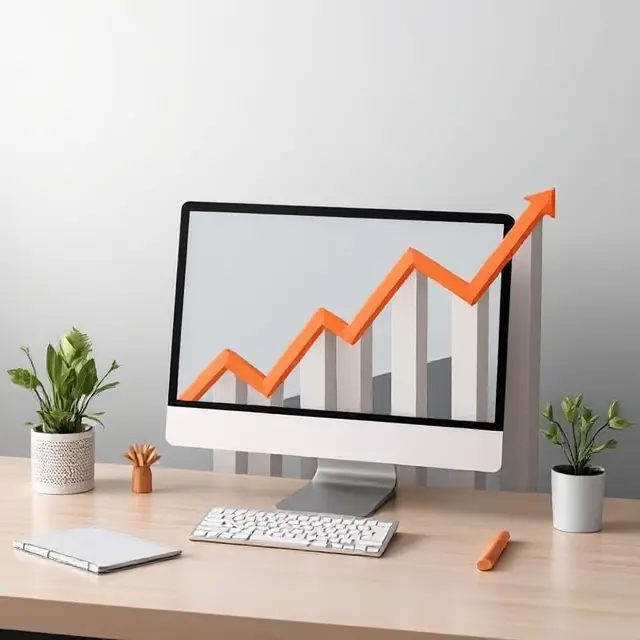How to Optimize Images for Web Performance
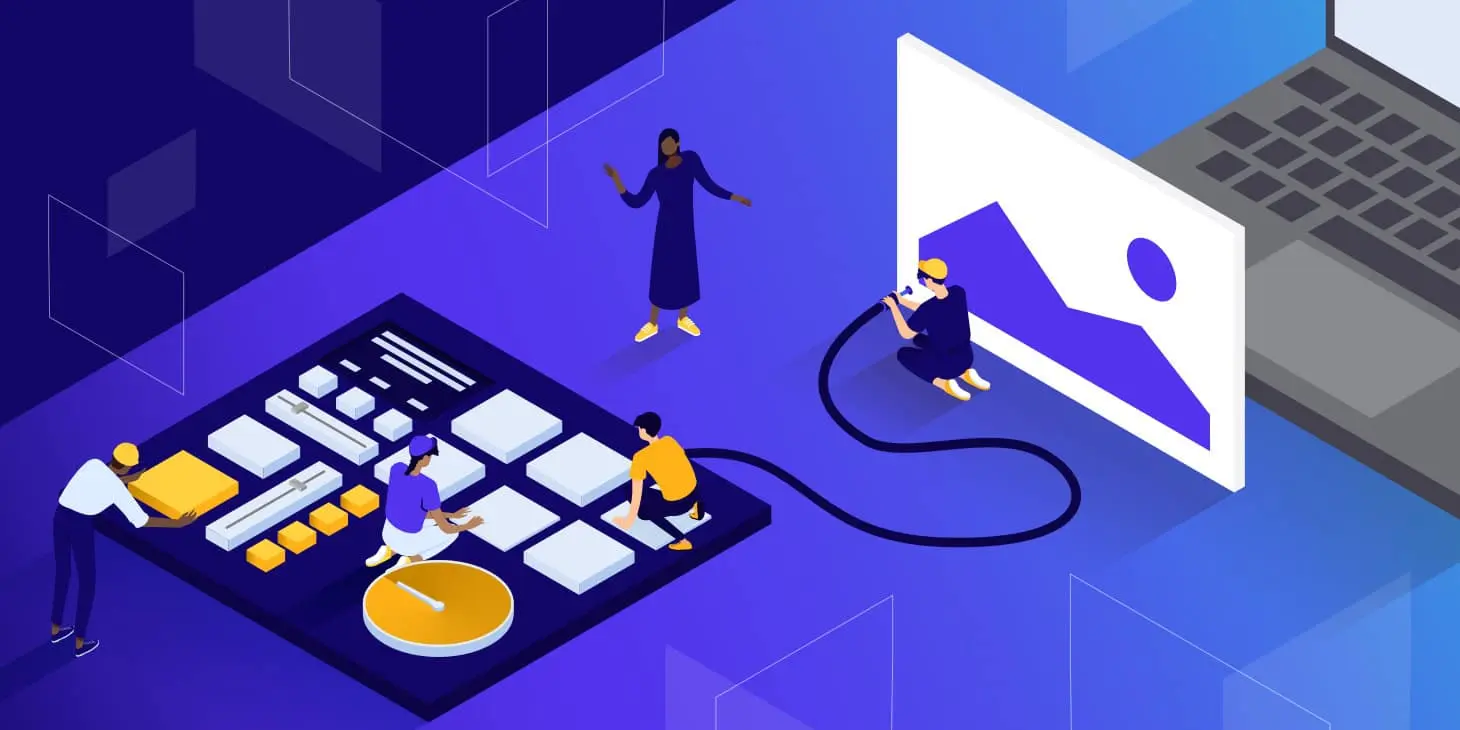
Whether it is an ecommerce website or a blog, images on your website should be optimized for your success on the internet. Image optimization is one of the best steps to increase the speed and user experience of your website. In this blog, we are going to share tips on how to optimize images for web, plus the way that image optimization tools function.
Why Image Optimization Matters
Large images have a disadvantage since it takes a lot of time before they are fully loaded, and this affects a website. When you apply the plugin to optimize images for web, the size of the images is slashed down, but the quality of the images is not compromised.
This can lead to reduced page loading time, better rankings in search engines, and, therefore, a great user experience. Moreover, image optimization can also free up some bandwidth, so your website becomes a much better one.
How an Image Optimizer Works
This minimizes the size of images it is working with but, at the same time, keeps the image quality. It does this by reducing the image information, eliminating unessential data about the image, and transforming the image format if it so deems necessary. A few tools can convert a PNG image to a JPEG or WebP format, which can compress it further.
When you optimize images for web through an image optimizer, it can:
- Compression: It compresses the image dimension in a way that the important parts of the image remain intact.
- File Format Conversion: It compresses pictures into better formats rather than others and includes webp as one of the formats.
- Removing Metadata: Some negligible information related to shooting was deleted from the picture file.
Steps to Optimize Images for Web
Following are some of the most important steps to optimize pictures for web:
Choose the Right File Format
Proper format choice is the first basic step to optimize images for web. JPEG and PNG are common formats, along with a few more, such as WebP. JPEG is preferred to be used when images are managed both on the web and in photos, and PNG is preferred when images like logos have transparent backgrounds. Very recently, WebP came into existence and offers very good compression with decent image quality.
- JPEG: Best suited for the most graphic-intensive images such as photographs.
- PNG: Especially suitable for images that need to be transparent.
- WebP: It provides a high level of compression with minimal loss in the quality of images.
Resize Your Images
Ensure that all your images are resized depending on the website where you place them. Some may forget that large graphics take a long time to load; hence, one needs to resize the images depending on the size they will need for the site. This is an extremely important step if you are looking into how to optimize images for web.
Compress Images
Compression in pictures does the work of making the file size small without necessarily lowering the quality of the picture. You have the choice of several tools when it comes to compressing images. There is also the option to optimize images for web without quality loss.
- Lossless Compression: The result of this technique is a file that takes up slightly less space but otherwise looks just as good.
- Lossy Compression: Lower the image quality for a much smaller file size.
Use an Image Optimization Tool
Some of the tools found online that are used to optimize images for web to suit wordpress development are as follows:
- TinyPNG: The tool minimizes the sizes of PNG and JPEG files
- JPEG-Optimizer: It may convert files to other formats, shrink the size and/or resolution of JPEGs
- Squoosh: It minimizes images and elementary formats and even more other tools, such as resizing images and converting them into other formats.
- ImageOptim: They are mainly used to eliminate any unwanted data from any file and compress images.
These tools will decrease file size but simultaneously allow you to keep the quality of the images, hence allowing the optimization of the pictures for the web.
Optimize Alt Text for SEO
Alt text is an irrelevant variable with file size on the media, but it significantly enhances image SEO. When you describe your images with the alt text, then search engines will know what is being portrayed in that given picture. This can make your images appear in Image Search and hence boost your website SEO.
Enable Lazy Loading
Lazy loading is one of the techniques that loads images only when they reach the viewport or screen. This means that your first-time web page loading becomes easier, especially if your web page contains many images. Thus, Another way to optimize images for web is by 'Lazy Loading.'
Test Your Website’s Speed
After you optimize images for web, you should now look at other places on your site. You can use Google PageSpeed or GTmetrix to understand how your images affect the website's loading time. In doing so, you certainly get a clear view of how much more you really improve from your efforts.
How to Optimize Photos for Website Effectively
Image optimizations improve results in both page loading speed and quality on any site as well as other devices. Consider the following while you optimize image for website:
- Resolution: Compress web images so that these are only at 72 dpi dots per inch.
- Dimensions: Optimize images to be the smallest needed for a particular size of the site, such as banners or thumbnails.
- Compression: Using web-based tools, one can compress the file and thus reduce its size.
Best Practices Optimizing Images
Here are a few more best practices for you to consider once you need to optimize pictures for web:
- Keep it simple: You should not overload your images with too many details or colors since that would make the image look littered.
- Use SVGs for icons and logos: If you will be using simple graphics, then the SVG format is much better because they are scalable and small in size.
- Regularly review your images: If your site is changing, change or replace your images and ensure you maintain the best-optimized images.
Conclusion
Resizing images for the web is easily one of the most powerful and yet easiest things that you can do for your website. Improved page speed, better or enhanced ranking on search engines, and improved user experience make it worthwhile to get it correct on image optimization. Whether you are just learning which file format to use or how to use photo editing software to compress your images, these tips will assist you with optimizing images for websites.We help your website here at Try Web Design to load quickly and be attractive – This is part of our custom website development company based in the United States to make your website SEO friendly.
